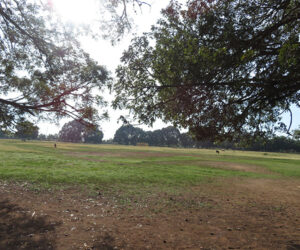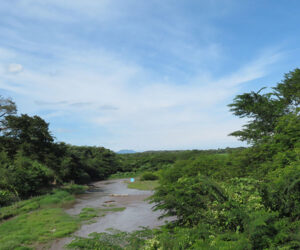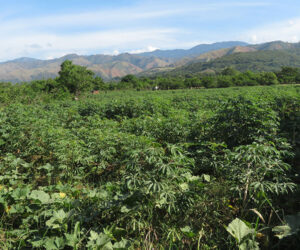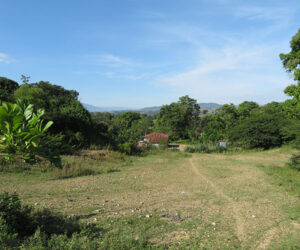Columbus’s letter to Queen Isabella and King Ferdinand of October 15, 1495 (first available in 1985, as discussed in the post of February 25) reveals that he felt Chief Caonabó’s capture was essential to “Española’s” conquest. He reported that Caonabó was “truly the key person of this island,” “no one is bolder or more reckless in war,” and “all the island’s chiefs watched what he did and had no fear, emboldened by his killing of Christians.”
After arriving at Fort Santo Tomás (see prior post), Columbus instructed Alonso de Hojeda to attempt the capture. Previously, Columbus had ordered Pedro Margarite to do so, but Margarite deserted his command to return to Spain without fulfilling the order (see post of September 11, 2022, also at pedro-margarite-and-fray-buils-desertion/).
As depicted in Columbus and Caonabó, in mid-March 1495 (528 years ago), Hojeda rode south from the fort through the mountainous Cibao to Caonabó’s hometown in his chiefdom of Maguana (now San Juan de la Maguana, Dominican Republic) and eventually tricked Caonabó to be handcuffed, whereupon Hojeda fled—with Caonabó bound and mounted on the same horse—back through the mountains to Fort Santo Tomás and then Isabela.
Columbus’s words indicate that he directed Caonabó’s seizure by trickery. The original command to Margarite of April 9, 1494, instructed seizure by ruse, ordering that Margarite’s men bear “gifts, flattering [Caonabó] that I much desire his friendship…since he walks about naked, it would be hard to detain him…give him a shirt…cloak…belt…so that you may grab him so he doesn’t escape…” The letter of October 15, 1495, completed after the seizure, indicates that stealth rather than force had been necessary because—“even if one won [Caonabó’s] territory, one couldn’t catch him.”
The following portrait of Hojeda is taken from Antonio de Herrera’s Historia General, 1601, and that of Caonabó is by the Dominican illustrator Boris de los Santos drawn for and contained in Columbus and Caonabó.
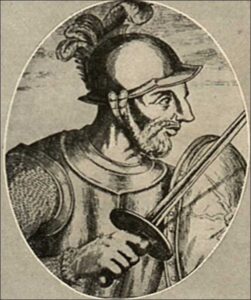
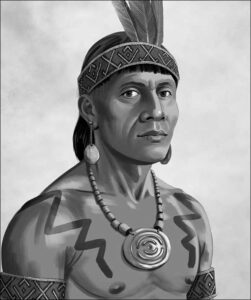
The first photo is of the preserved site of Corral de los Indios in San Juan de la Maguana, the Taíno ballcourt beside which Caonabó lived and ruled. The second is of the nearby San Juan River. While the site of the seizure and the route Hojeda took back to the fort are unknown, I explored north of the Corral in the foothills to the Cibao, and the last photos were taken in that area. The crop in the third photo is yucca.
